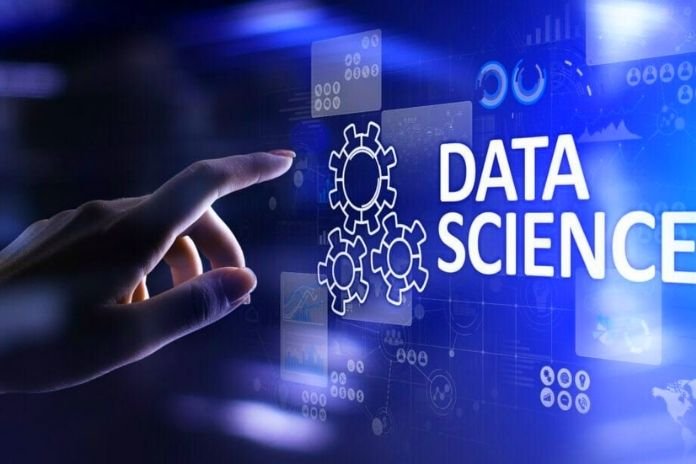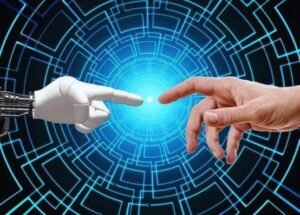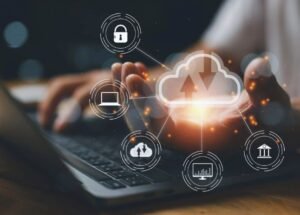Types Of Data Science Trends For The Next Few Years
Types of Data Science: Although many companies in recent years have already adopting data-basing technologies to guide their business, new data science trends have revolutionized the market, offering even more agility and efficiency to processes.
After all, with low storage costs, building data science infrastructure to collect and extract information from a large amount of data has become a profitable strategy for companies.
Massive data growth has led to a transformation in the way data is stored and analyzed. Thus, traditional tools and approaches no longer meet the demands of high volume, high speed, and a wide variety of information.
The novel coronavirus pandemic further accelerated investment in data science, as organizations needed to find ways to act quickly on data and find solutions to new problems. However, it is critical to understand how organizations can get the most out of their data.
Throughout this post, you will check out the main trends in data science and how these technologies promise to change the use of data at the beginning of the decade.
Seven Trends In Types Of Data Science
The new coronavirus pandemic has substantially impacted digital transformation in the business world globally. For data scientists, this had meant racing against time to update their processes and turn data into accurate decisions when pre-pandemic data was no longer fit for a pandemic world.
What news came out of these changes? We brought seven trends in data science that should soon be present in companies looking for innovations to achieve better results.
Internet of behavior The internet of behavior (IoB) is one of the trends in which data is used to change behaviors. With it, in a given environment, it is possible to detect through sensors if people wash their hands or, with computer vision, if they are wearing a mask.
In addition, the IoB can gather, combine and process data from many different sources, collecting citizen information from data processed by public authorities, organizations, social networks, and even location tracking.
Automated Machine Learning
It is an area that aims to develop methods that help build Machine Learning models without or with very little human intervention.
Pointed out as yet another trend, this technology is gaining strength and the promise that it will be widely disseminate in the coming years, automating processes in the IT area and allowing professionals to focus on other activities, in addition to building models.
Data Fabric
Technology that promises to revolutionize the market by using continuous analytics on existing, discoverable, and inferred metadata assets to support the design, deployment, and use of integrated and reusable data objects, regardless of deployment platform or architectural approach.
Organizations use data fabric to dynamically connect, optimize and automate data management processes to reduce data delivery time by 30%.
Natural Language Processing
The use of solutions that use natural language processing (NLP) technologies is a robust data science trend for the coming years. This is because there is an increasing number of biological processing network architectures on the market, and these models are increasing in size and complexity.
So it is only natural that more and more applications use NLP. Including in Brazil, where many models are being put into production to apply to products from different markets.
Augmented Analytics
In literal translation, augmented analytics is one of the main trends in data science in the coming years. The expectation is that 80% of the time spent today with data analysis will minimize, making data scientists focus more on strategies and less on operational issues so that, in the end, the entire productivity chain presents better results.
Hyper-Automation
The concept of hyper-automation is also one of the main trends in the coming years. Process automation, achieved through a combination of artificial intelligence and machine learning, drives a data set’s discovery, analysis, monitoring, and measurement.
Continuous Intelligence
By 2022, half of the new global companies are expect to have deploy Continuous Intelligence tools at some level.
Continuous intelligence is the possibility of analyzing and integrating information obtained from data, structured or not, in real-time, in an automated way. This is possible from the massive use of cloud storage services and devices integrated into the Internet of Things.
Why Invest In Types Of Data Science Solutions
Increasingly, data use will be the key for organizations to achieve their goals. After all, pattern recognition through data science can generate surprising results, facilitate day-to-day operations and directly impact business performance.
One of the successful solutions found by organizations that need on-demand data science services is outsourcing. With the possibility of offering specialized services, allocating IT professionals allows for more efficiency and quality in operations, optimizing time and resources.
Also Read: How Important Is Network Inventory?
Share this content:











Post Comment